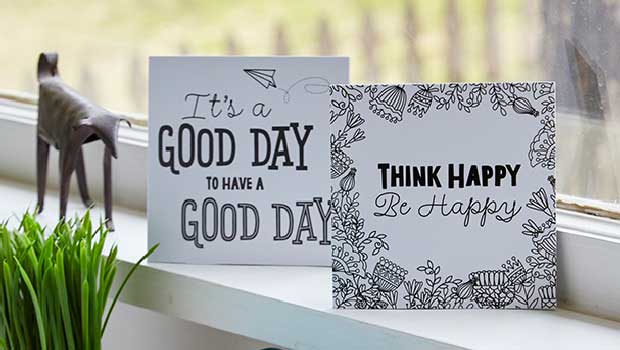Flowers have long been an important part of human culture. We’ve used their alluring blooms to beautify our homes and outdoors; captured their essence in the written word, clothing, design and perfumes; and showcased them in romance, rituals and special events. As symbolic as flowers remain in our lives, there is increasing evidence that their very presence has both immediate and long-term effects on our happiness and overall satisfaction with life.
Famed American botanist and horticulturist Luther Burbank was well-aware of this symbiotic relationship between people and flowers, as evidenced by his quote: “Flowers always make people better, happier and more helpful; they are sunshine, food and medicine to the soul.”
Research findings concur with what Luther knew all along. A behavioral study led by Rutgers University researcher Jeannette Haviland-Jones shows that not only do flowers make us happier than we know, they also evoke strong positive effects on our emotional well-being.
Just as flowers stimulate insects to perform pollination via their color, nectaries and scent, they also activate positive emotional feelings in people.
Flowers nurture our happiness, and in turn, we cultivate them in our gardens and help nurture their growth. In addition, a report issued by the George Morris Centre in Ontario confirms in a literature review that there are significant benefits derived from flowers and other ornamental plants, including decreased anxiety, improved life satisfaction and overall well-being.
Whether you enjoy your flowers in a vase or in the garden, the power they have on our emotional health and moods goes far beyond what was once believed.
It certainly gives new meaning to the familiar phrase “flower‑power.”
Flowers have a language all their own that transcends the limits of time.
Through the ages their language and meanings have adapted to countless cultures. Here are a few translations for today:
AMARYLLIS: Pride, splendid beauty, determination.
BIRD OF PARADISE: Freedom, joyfulness, faithfulness.
CAMELLIA: Admiration, gratitude, perfection.
DAFFODIL: New beginnings; “The sun is always shining when I’m with you.”
DAYLILY: forgetting worries.
GLADIOLUS: Strength of character, moral integrity, love at first sight.
LARKSPUR/DELPHINIUM: beautiful spirit, open heart, big-hearted.
PEONY: Happy marriage, good fortune, compassion.
ROSE: As a group they symbolize love and passion, but each color evokes its own specific meaning. Red is enduring passion; white is innocence and purity; yellow expresses friendship and joy; pink is for gratitude, perfect happiness and appreciation; orange is for enthusiasm and desire.
SUNFLOWER: adoration, longevity, happiness.
Gardening Tips For Spring
Spring is the best time to get your garden ready for the growing season ahead. Here are a few tips for a healthier and more beautiful garden.
• Start by checking the pH of your soil with a soil test kit, available at garden centers and home-improvement stores. Plants grown in the proper soil pH are healthier, more productive, and more resistant to disease and insects.
• Plant in odd numbers and create drifts of color and texture for a more balanced and harmonious look.
• Apply a 2- to 3-inch layer of organic mulch around the base of plants to help moderate soil temperatures, maintain soil moisture, deter weeds and increase the population of beneficial soil microorganisms.






